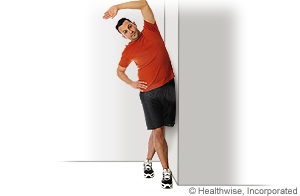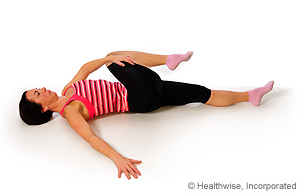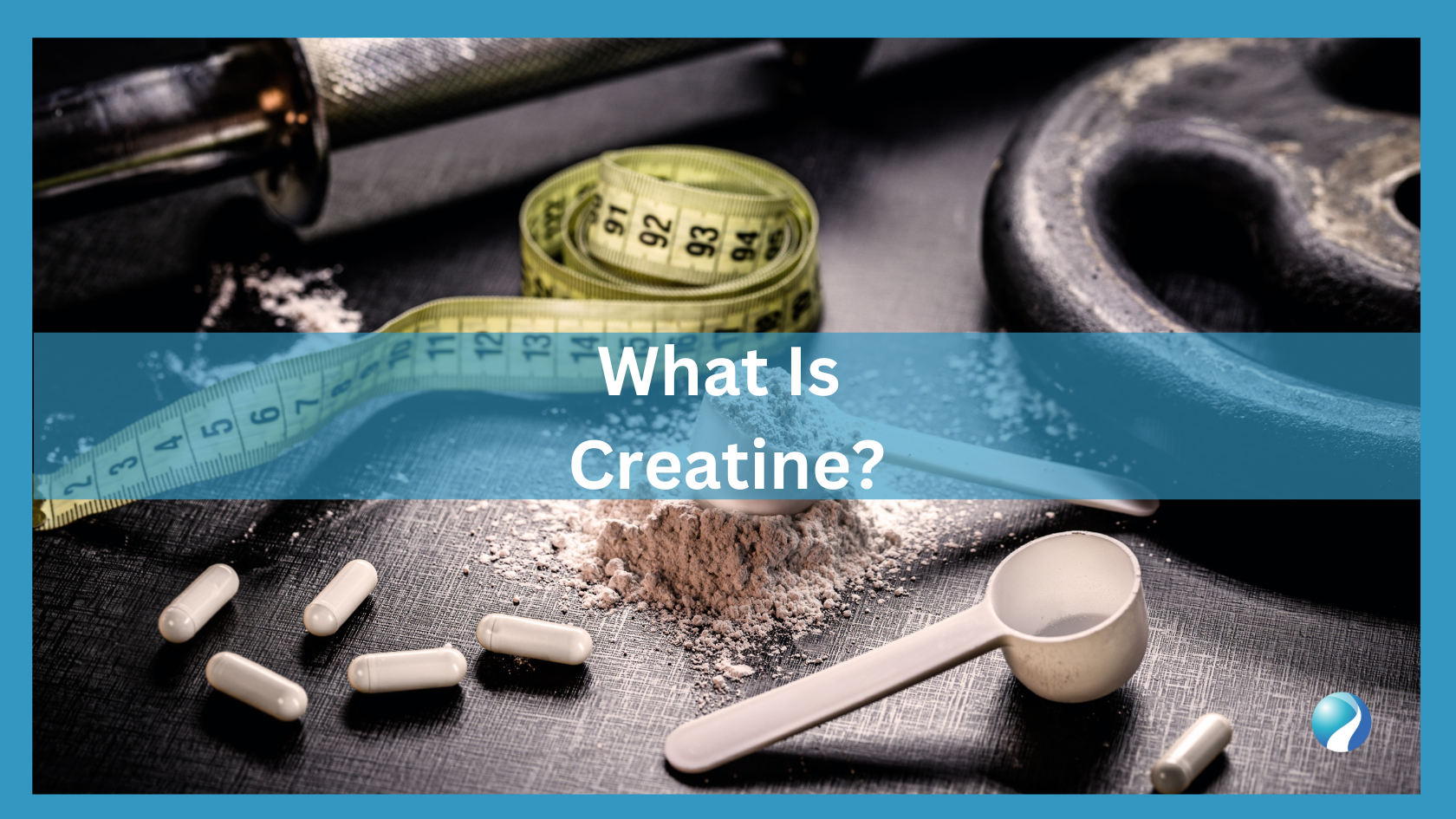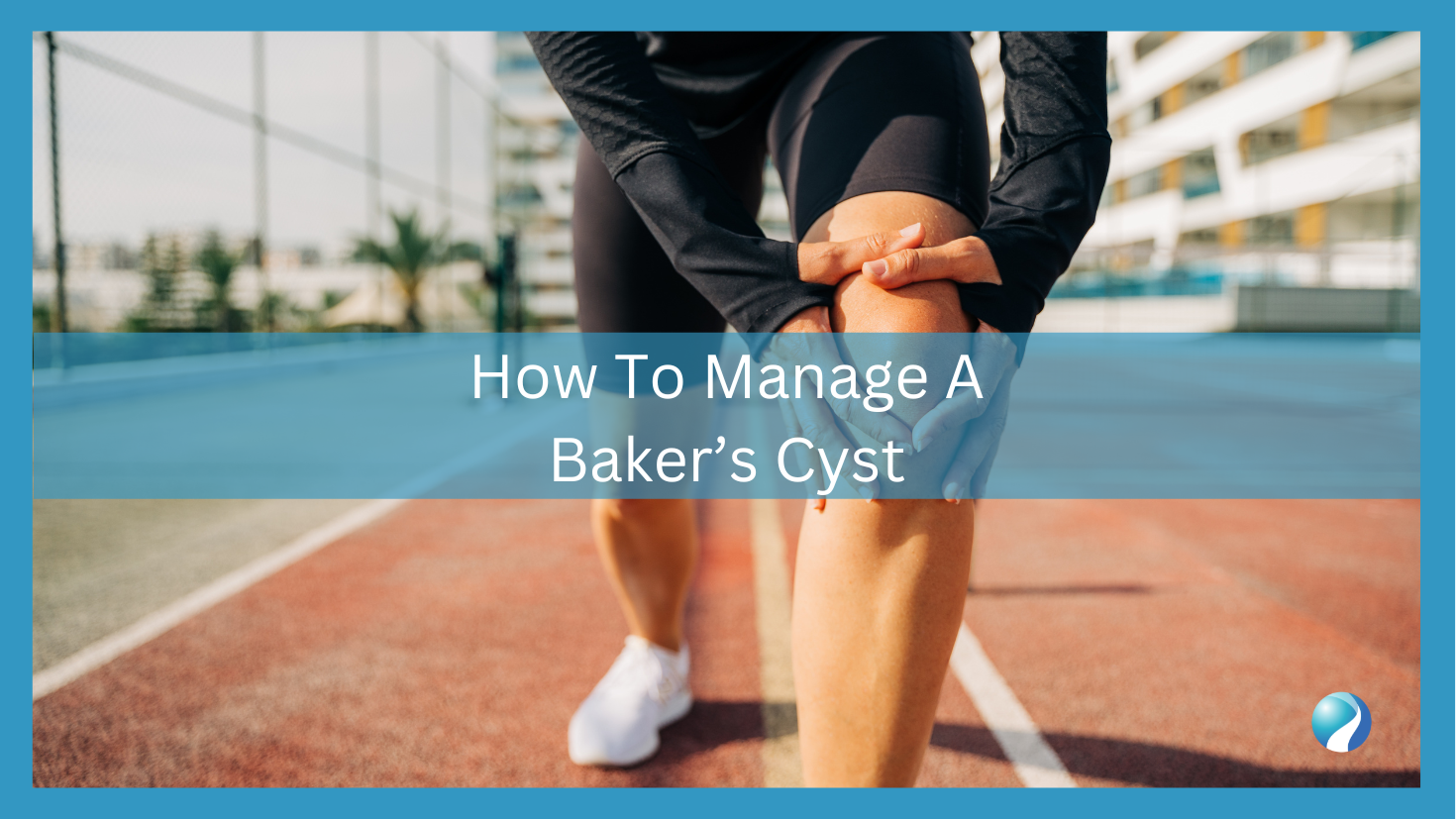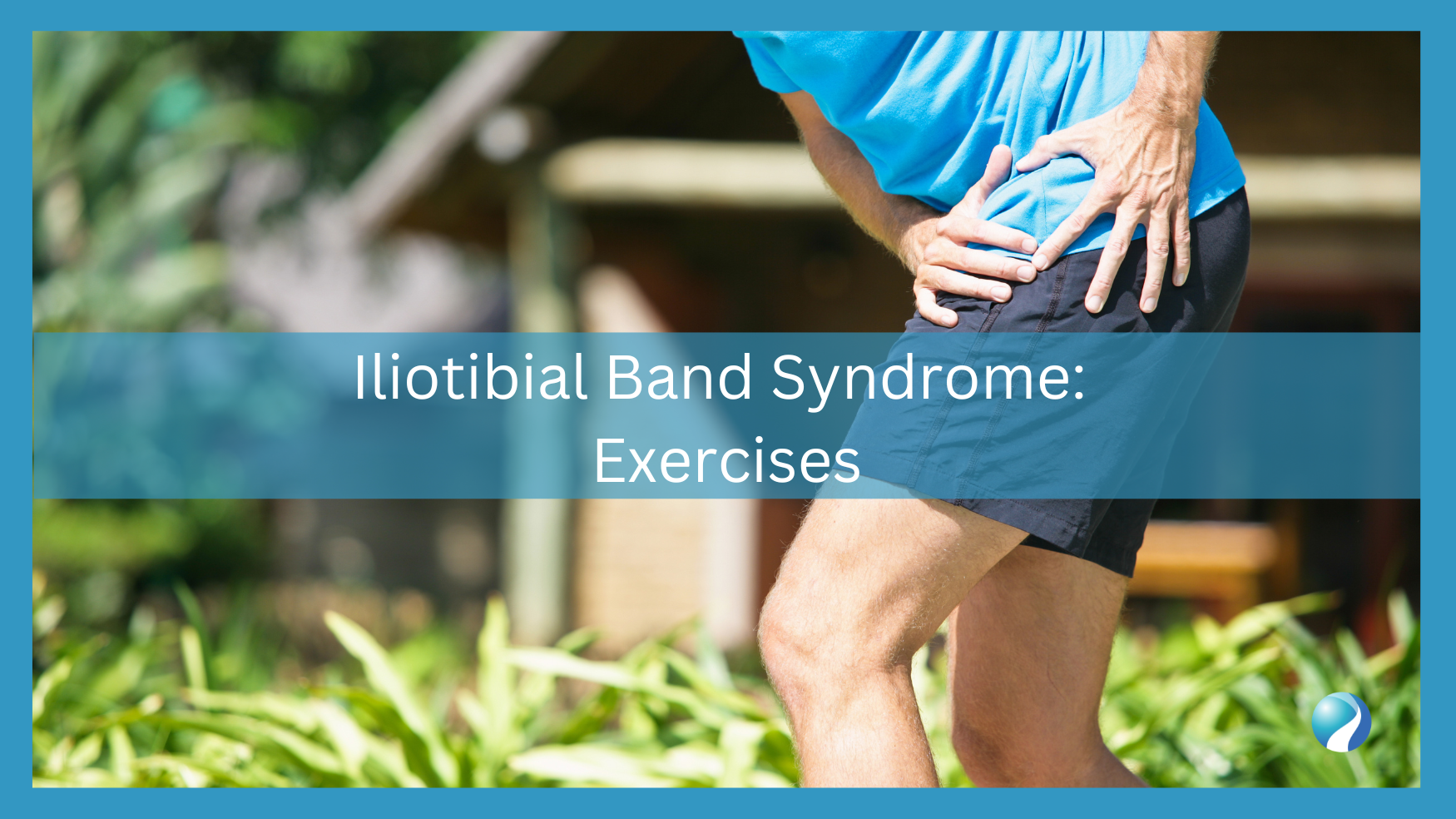This elegant and straightforward recipe features chicken browned and then simmered with artichoke hearts, diced tomatoes, and sun-dried tomato pesto for a flavorful dish.
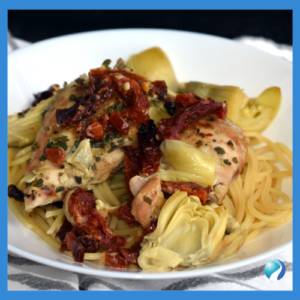
Ingredients:
Instructions:
Nutrition Facts (per serving):
In the world of sports and physical activity, the risk of injury is an ever-present reality, with concussions standing out as particularly concerning due to their complex and often debilitating effects. Trent’s story, a vivid testament to the challenging road to recovery following concussion injuries, underscores not just the resilience required to overcome such obstacles but also highlights the pivotal role chiropractic care can play in this journey.
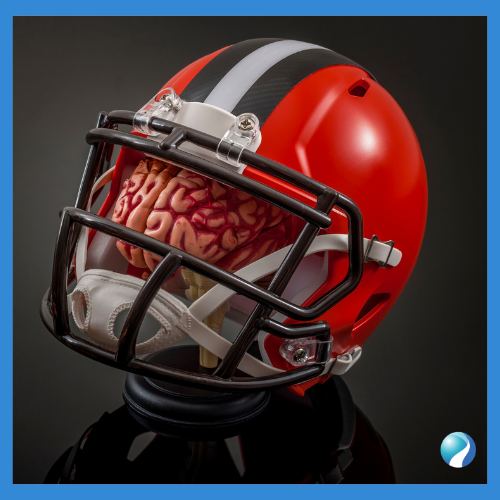
At just twenty-two, Trent’s first encounter with a concussion came harshly during a rugby match, where an accidental kick to the head left him grappling with severe headaches. Determined to return to the field, he took a brief three-week hiatus, only to face a more severe concussion a few months later during a skiing accident, which not only intensified his symptoms but also began to cloud his cognition and disrupt his daily life.
Despite Trent’s efforts to seek relief through various specialists and treatments, including attendance at a chronic concussion clinic, his condition persisted, casting a shadow over his personal and professional life. It was a continuous struggle with headaches that seemed to resist every attempt at treatment, leading Trent to wonder if a pain-free existence was ever possible again.
The turning point in Trent’s journey came when he decided to consult a Chiropractor recommended by his girlfriend. The Chiropractor’s approach, characterized by thorough inquiry, empathetic listening, and a genuine commitment to understanding Trent’s pain, marked a departure from previous experiences. They embarked on a comprehensive treatment plan that integrated diversified chiropractic care, dry needling, electrical acupuncture, soft-tissue therapy, cupping, alongside lifestyle advice, pain management education, and targeted rehabilitation exercises.
This tailored approach, meticulously adapted over time from intensive sessions to a more spaced maintenance and preventive schedule, gradually led to significant improvements in Trent’s condition. The headaches that once dominated his life began to recede, allowing him to reclaim the joy of engaging in his favorite activities and restoring his quality of life.
Trent’s experience is a powerful reminder of the challenges posed by concussion injuries and the potential for chiropractic care to facilitate recovery. His advice to others facing similar struggles is a message of hope and resilience: perseverance through the tough times is crucial because recovery, though daunting, is within reach.
This story not only celebrates Trent’s triumph over pain but also serves as an inspiration for individuals navigating the complexities of post-concussion symptoms. It underscores the value of seeking diverse therapeutic options and the importance of a supportive healthcare team in the journey toward healing and prevention.
Creatine, a naturally occurring molecule synthesized from three amino acids, plays a pivotal role in energy production within the muscular and neural tissues. This compound is not only endogenously produced in the liver, pancreas, and kidneys but also absorbed from dietary sources, particularly seafood and red meat, albeit in quantities substantially lower than those available through supplementation. The body stores creatine mainly as phosphocreatine in muscle tissues, leveraging it as an essential energy reservoir for enhancing athletic performance and facilitating muscle growth.
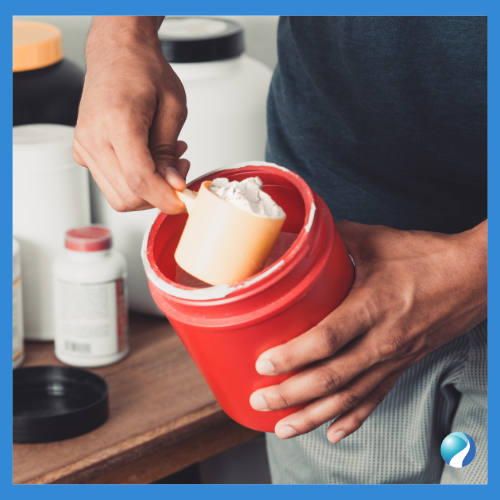
Extensive research underscores the multifaceted benefits of creatine supplementation. It has been documented to enhance strength, muscle size, and overall performance in athletes by enabling more efficient work output during repetitive high-intensity activities. This is particularly relevant in sports that necessitate rapid recovery between sessions, such as weightlifting and sprinting. Moreover, creatine has shown promise in mitigating the risks associated with physical exertion, including dehydration, muscle cramping, and potential injuries to musculoskeletal tissues.
Beyond its athletic applications, creatine supplementation offers therapeutic potential in addressing specific medical conditions. Individuals with rare metabolic disorders that impact creatine synthesis may observe symptomatic improvement through oral supplementation. Additionally, emerging evidence suggests a positive influence of creatine on cognitive functions, particularly in aging populations, and potential benefits for bone health and skin vitality, with preliminary studies indicating its efficacy in reducing skin sagging and wrinkles.
Vegetarians, who typically have lower baseline levels of creatine due to dietary restrictions, along with others exhibiting low creatine concentrations, stand to gain significantly from supplementation. Despite its extensive utility, creatine supplementation must be approached with caution, particularly in individuals with underlying kidney conditions, given its potential to exacerbate preexisting complications.
Creatine’s safety profile, when adhered to recommended dosages, is affirmatively robust, with a majority of users tolerating the supplement well over extended periods, up to five years. However, adherence to quality standards in product selection is crucial, emphasizing the importance of opting for supplements that have undergone rigorous manufacturing practices and third-party testing to ensure purity and efficacy.
Interactions with other substances, notably caffeine, may influence the effectiveness of creatine. High doses of caffeine, in conjunction with creatine, might not only diminish the latter’s efficacy but also contribute to complications in diseases like Parkinson’s. Therefore, an informed, cautious approach to creatine supplementation, preferably under medical guidance, is advisable to maximize its benefits while mitigating potential risks.
In sum, creatine presents a valuable ergogenic aid for athletes seeking to enhance short-duration, high-intensity performance and muscle mass. It also harbors therapeutic potentials extending into cognitive health, muscular dystrophy alleviation, and skin rejuvenation. Nonetheless, individual considerations, such as dietary habits, preexisting health conditions, and potential substance interactions, necessitate a personalized and medically supervised approach to supplementation.
Are you experiencing hair loss and looking for natural remedies to tackle this common issue? Hair loss can be a distressing concern, especially when you experience losing chunks of hair every day. Fortunately, there are several holistic approaches you can consider to promote healthy hair growth. Let’s delve into four key points that can help you prevent hair loss naturally and boost organic hair growth.
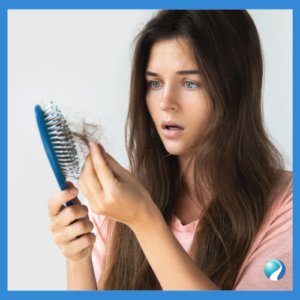
One crucial step in combating hair loss is understanding its underlying cause. By getting comprehensive blood work done, you can identify any deficiencies or imbalances that may be contributing to your hair loss. Causes such as high cortisol (stress hormone), a thyroid imbalance, iron deficiency and high testosterone can accelerate hair loss and prevent hair growth. Consulting with a healthcare professional to interpret these results can provide valuable insights on how to address the issue from within.
Bone broth is a nutrient-rich superfood that can work wonders for your hair. Packed with essential vitamins, minerals, and amino acids, bone broth provides the building blocks necessary for healthy hair growth. Collagen in bone broth helps improve hair elasticity and strength, while its amino acid content supports overall hair health.
Regularly oiling your hair can be a simple yet effective way to nourish your scalp and strands. Opt for natural oils like almond oil, jojoba oil or amla oil, and gently massage them into your scalp. Recent studies show that rosemary oil is as helpful in promoting hair growth as Rogaine, which is a hair growth medication. Oiling not only helps improve blood circulation in the scalp but also provides much-needed hydration to prevent hair breakage and promote hair growth.
Stress can be a significant factor contributing to hair loss. Implementing stress management techniques such as mindfulness meditation, yoga, or deep breathing exercises can help alleviate stress levels. Ensuring an adequate work-life balance and incorporating relaxation activities into your daily routine can also contribute to maintaining healthy hair.
Incorporating these natural approaches into your hair care routine can go a long way in preventing hair loss and promoting healthy hair growth. Remember, consistency is key when it comes to seeing results.
Indulge in the flavors of the Mediterranean with this simple yet delicious baked cod recipe, perfect for a nutritious weeknight dinner or impressing guests. The combination of Kalamata olives, artichokes, and sun-dried tomatoes adds a burst of flavor to the tender, flaky cod.
Experiencing back pain while taking a deep breath can be more than just a temporary nuisance—it might be a sign that your body is signaling for help. Whether it strikes suddenly during a moment of relaxation or persists as a constant companion, understanding the underlying causes of back pain during breathing is crucial for addressing it effectively.
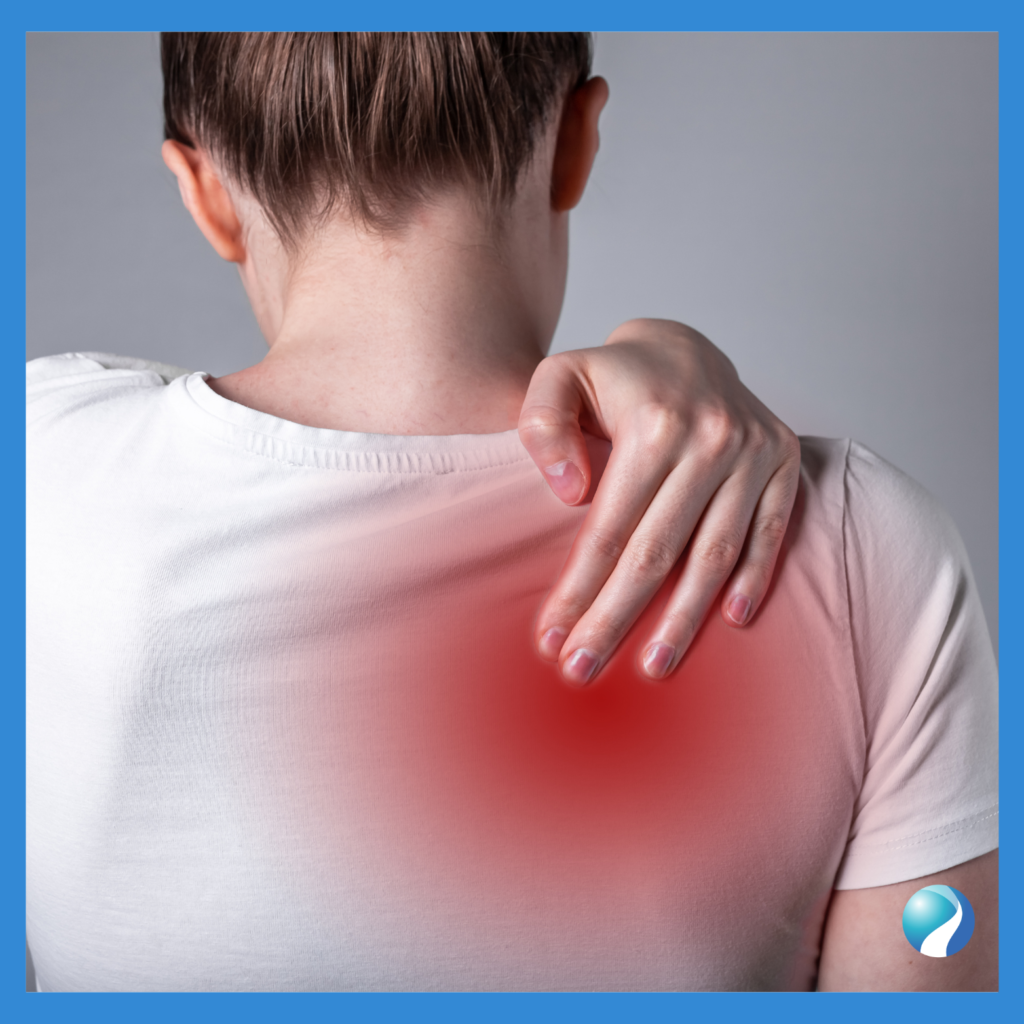
Many people underestimate the significance of back pain, often dismissing it as a trivial or inevitable part of life. However, the philosophy we uphold at our clinic is clear: “Pain is not normal.” It’s your body’s way of alerting you that something is amiss, necessitating prompt attention and care to prevent more severe complications.
The rib cage is not just there to protect your organs; it also plays a big part in how you move and breathe. Sometimes, the ribs and their connections can cause back pain, making everyday activities tough and less enjoyable.
Rib pain can directly contribute to back pain because the ribs are connected to the spine’s thoracic area. When there’s a problem with a rib, like inflammation, injury, or misalignment, it can cause discomfort or pain in the back. For example, if a rib is not properly aligned, it can put extra stress on the back muscles and spine, leading to pain. Similarly, if the muscles around the ribs are tense or strained, they can pull on the back and create pain. Everyday actions like twisting, bending, or even breathing can exacerbate this pain if the underlying rib issue isn’t addressed. Therefore, treating rib pain is essential not only for the direct area affected but also to prevent related back pain.
Chiropractic care is a great way to deal with this kind of pain. Chiropractors look at how your ribs are aligned and can make adjustments to help reduce your pain. They use special moves to get everything sitting right and might also suggest massages or exercises to help keep the pain away.
Getting these adjustments can make a big difference, not just fixing the pain now but also helping to stop it from coming back. After the main pain is gone, it’s a good idea to keep checking in with your chiropractor. They can keep everything aligned and give you tips on how to sit, stand, and move so you don’t get the same pain again.
Several conditions can trigger back pain while breathing, each with its own set of management strategies:
Our approach at the clinic goes beyond mere symptom management. We delve into the root causes of your back pain during breathing to provide comprehensive care. Chiropractic adjustments and massage therapy can significantly alleviate discomfort from conditions like scoliosis or muscle strains, enhancing your overall well-being.
Embracing a holistic perspective, we also offer guidance on lifestyle adjustments, exercise routines, and nutritional advice to support your musculoskeletal health. Our goal is not just to relieve your current pain but to empower you with the tools for a healthier, more vibrant life.
Ignoring persistent back pain, especially when associated with breathing, can lead to deteriorating health outcomes. We encourage you not to wait until the pain becomes unbearable. By seeking prompt care, you can address the underlying issues, find relief, and improve your quality of life.
Visit our clinic to explore a tailored, drug-free approach to managing your back pain. Together, we can chart a path to a healthier you, focusing on recovery and prevention to ensure you can live life to the fullest, free from pain.
In the quest for weight management, many turn to the simple advice of increasing their water intake, particularly before meals. The rationale is straightforward: consuming a glass of water before eating may create a sense of fullness, potentially leading to reduced food intake. However, the effectiveness of this strategy is a subject of debate, reflecting a broader discussion about hydration’s role in health and weight management.
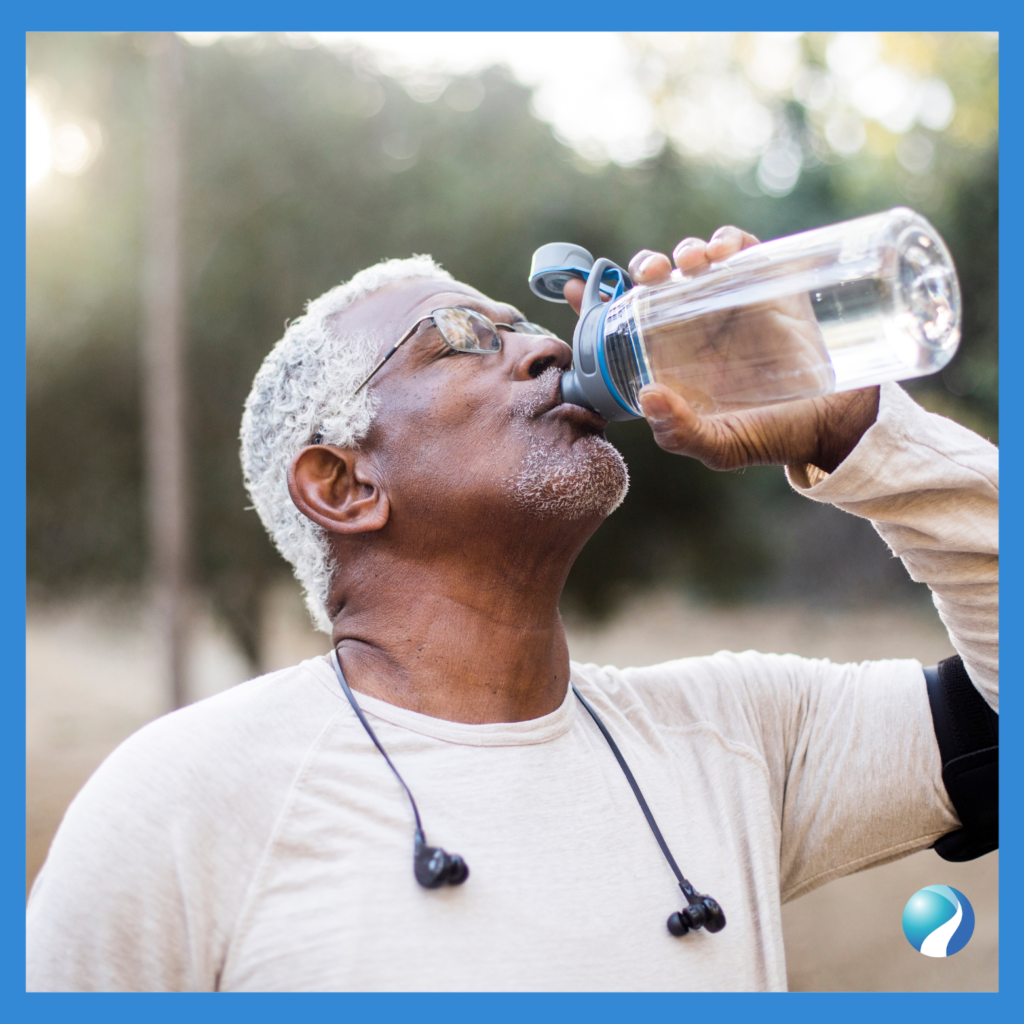
The theory that pre-meal water consumption can reduce appetite is compelling. It is based on the premise that the stomach detects fullness, signaling the brain to halt food intake. Some early research aligns with this idea, suggesting that individuals who drink water before meals might consume fewer calories. Yet, such studies are often limited in scope and duration, raising questions about the long-term impact of this practice.
Another hypothesis posits that the body expends energy to warm ingested water to body temperature, potentially aiding calorie burn. However, recent research challenges this notion, indicating minimal caloric expenditure from this process. Additionally, the theory that we sometimes confuse thirst with hunger lacks robust human study support, leaving this connection speculative.
Hydration is undeniably crucial for optimal physical performance, which can indirectly support weight loss. Conversely, replacing calorie-laden drinks with water presents a clear pathway to reducing calorie intake, potentially facilitating weight management over time.
In the context of naturopathic medicine, understanding and addressing the body’s holistic needs is paramount. Naturopathy emphasizes natural remedies and preventive care, offering individualized strategies to support weight loss and overall well-being. By considering the whole person, naturopathic practitioners can provide guidance on hydration, nutrition, and lifestyle adjustments that align with natural body processes.
At our clinic, we integrate naturopathic principles to assist individuals in achieving their weight management goals. Recognizing that each person’s body is unique, we offer personalized consultations to explore various natural strategies, including dietary changes, herbal supplements, and hydration practices that complement your body’s natural rhythms.
We are committed to supporting your health journey and invite you to discover how naturopathic medicine can enhance your weight management efforts. By calling 905-593-1605, you can schedule a complimentary consultation to explore personalized, natural solutions tailored to your health goals. Together, we can chart a course toward a healthier, more balanced you.
A Baker’s cyst, also known as a popliteal cyst, is a fluid-filled sac that forms behind the knee joint, leading to swelling and discomfort in the affected area. This condition is not uncommon and primarily develops due to an increase in synovial fluid, the lubricating fluid that aids in the smooth movement of the knee joint. When the knee produces too much synovial fluid in response to an injury or a chronic condition like arthritis, the excess fluid can accumulate, forming a cyst at the back of the knee.
The presence of a Baker’s cyst can cause a range of symptoms, from mild discomfort to significant pain and mobility issues. Patients often notice a bulge and a feeling of tightness behind their knees, which may become more pronounced when standing or engaging in activities. Pain, swelling, and stiffness in the knee area are common, and these symptoms can worsen after prolonged activity. In some cases, the cyst may become so large that it impinges on surrounding structures, potentially causing complications like calf pain or issues related to the compression of blood vessels or nerves.
The diagnosis of a Baker’s cyst typically involves a physical examination, and imaging tests like ultrasound or MRI may be employed to confirm the presence of the cyst and to rule out other conditions. Treating a Baker’s cyst often focuses on alleviating the underlying knee problem that is causing excess fluid production. Conservative treatment options include rest, ice application, compression, and elevation (RICE), along with medications to reduce inflammation and pain. Physical therapy can also be beneficial in improving knee function and mobility. In more severe cases, interventions such as cyst aspiration, corticosteroid injections, or even surgery may be necessary to provide relief and address any underlying joint issues.
Baker’s cysts often develop secondary to other knee problems, including:
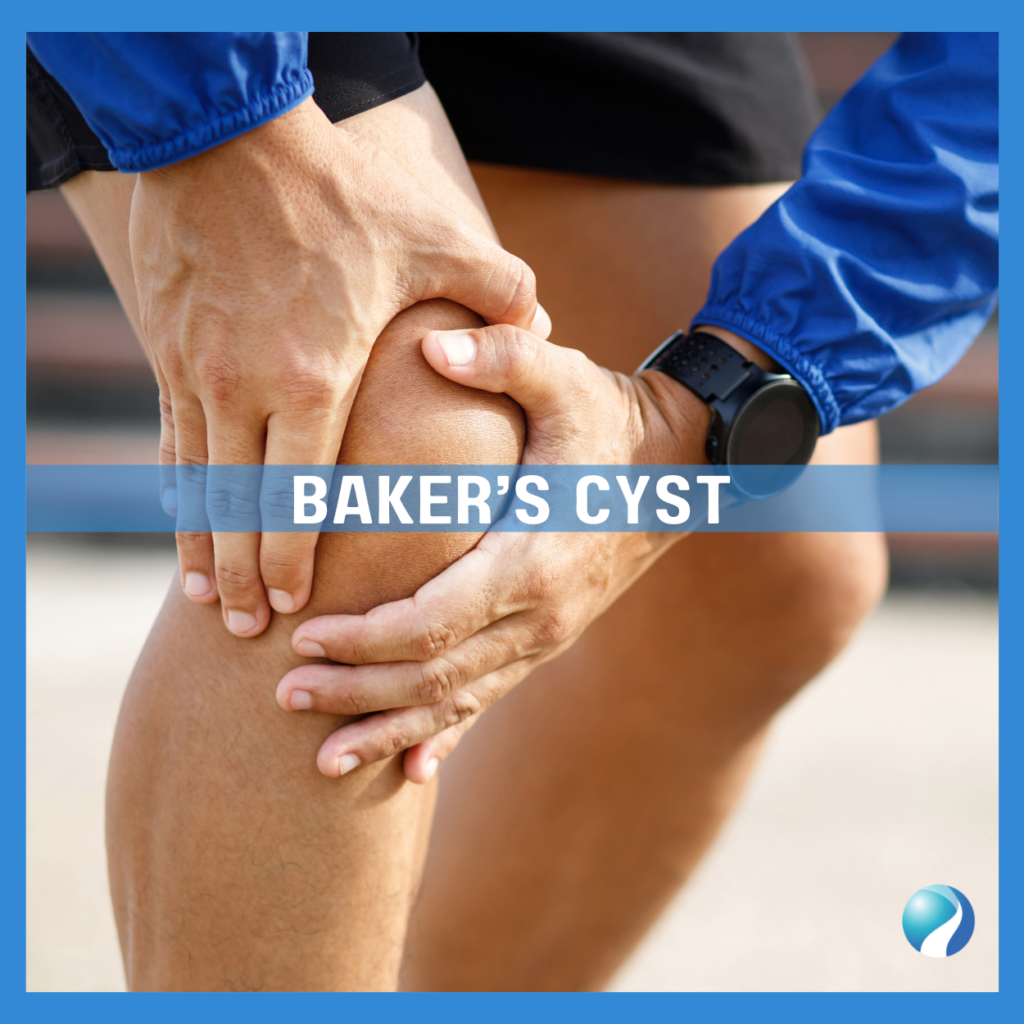
The presentation of a Baker’s cyst may include:
RICE Therapy: Follow the RICE protocol as mentioned earlier:
Rest: Avoid activities that exacerbate pain and swelling, and give your knee time to heal.
Ice: Apply ice packs wrapped in a cloth to the affected area for 15-20 minutes every 2-3 hours to reduce inflammation and numb the area.
Compression: Use a compression bandage or sleeve to provide support and reduce swelling.
Elevation: Elevate your leg above the level of your heart whenever possible to encourage fluid drainage and reduce swelling.
Over-the-Counter Pain Relief: Take NSAIDs such as ibuprofen or naproxen to alleviate pain and reduce inflammation. Follow the recommended dosage and precautions.
Gentle Exercise: Perform gentle range-of-motion exercises to maintain flexibility and prevent stiffness. Avoid high-impact activities that strain the knee joint.
Physical Therapy: A physical therapist can create a tailored exercise program to improve knee strength, stability, and range of motion. This may include:
Stretching Exercises: Gentle stretching to improve flexibility and reduce muscle tension around the knee joint.
Strengthening Exercises: Targeted exercises to strengthen the muscles that support the knee, including quadriceps, hamstrings, and calf muscles.
Manual Therapy: Techniques such as joint mobilization or soft tissue massage to improve joint function and reduce pain.
Modalities: Modalities such as ultrasound, electrical stimulation, or heat therapy may be used to complement exercises and reduce pain.
Chiropractic Care: Chiropractors may use spinal adjustments and manipulations to improve joint function and alleviate pain. They can also provide guidance on exercises and lifestyle modifications to support knee health.
Knee Brace: A knee brace can provide support and stability to the knee joint, reducing strain and discomfort. Choose a brace specifically designed to address Baker’s cysts or one that provides compression and support to the knee.
Types of Knee Braces:
Compression Sleeves: These provide mild compression and support to the knee joint, reducing swelling and promoting circulation.
Hinged Braces: These offer additional stability and may be recommended if you have instability or weakness in the knee joint.
Wraparound Braces: These are adjustable and allow for a customized fit, providing support while allowing flexibility.
Consultation: Consult with a healthcare professional or physical therapist to determine the most suitable type of knee brace for your specific needs and condition.
By combining these conservative at-home treatments, chiropractic/physical therapy options, and the use of a knee brace, you can effectively manage symptoms associated with a Baker’s cyst and support your knee health. However, it’s essential to consult with your healthcare provider for personalized guidance and to ensure that these treatments are appropriate for your condition.
